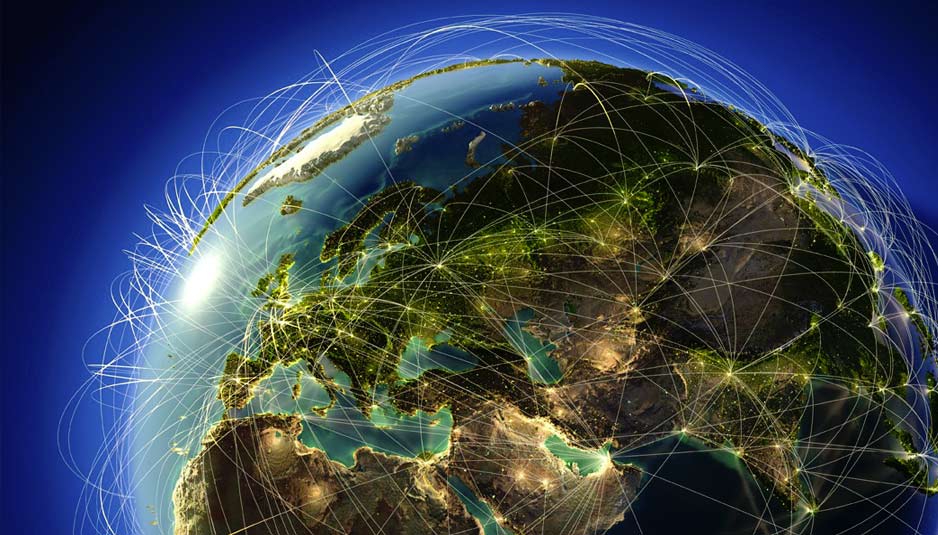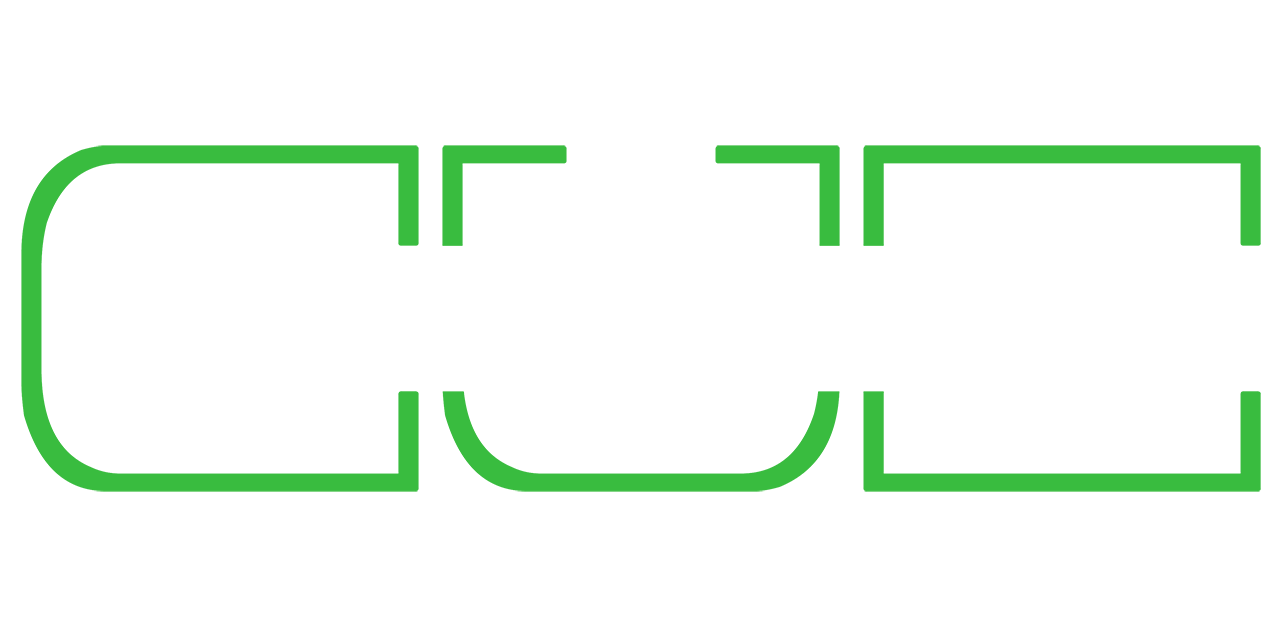The Third Industrial Revolution: the future of Renewable Energy Sources

emprende.unir.ne
Future is democracy. Willing or not, we all should deal with it. There are several examples around us: for instance Wikipedia. Thousands or millions of people who actively contribute and participate for a communal goal without any intermediaries.
Four years ago, Jeremy Rifkin (American social and economic scientist and luminary) published The Third Industrial Revolution – How lateral power is transforming the energy, the economy and the world. In this essay, he explained how the forthcoming future economy is going to change radically thanks to the new energetic technologies and their application.
This theory (which, personally, I see more as a forecast) is founded on five essentials bedrocks:
- Shifting completely the thermal and electrical production from fossil fuels (e.g. oil, natural gas and coal) to renewable energy sources (RES). The latters do not pollute – at least during their energy-production life – and will never use up by definition.
- Transforming each world’s building (both public, residential and industrial) into micro-power plants, in order to produce, collect and use renewable energies always on-site.
- Utilizing hydrogen and other storage technologies in every building and infrastructure worldwide in order to store intermittent energies production (which is one of the more difficult problems of renewable sources: wind and solar above all).
- Using IT (Information Technology) to transform the power production into an energetic internet in which billions of buildings generate a small amount of energy locally and they sell surplus green electricity to the grid, sharing it with their neighbors: just like Internet does.
- Transitioning transport technologies (nowadays based especially on oil and gas) to electric renewable plug-in and fuel cells – which from hydrogen source produce electricity – vehicles. Along these lines, everyone could buy and sell green electricity on a huge, smart and interactive power grid.
These pillars are the basement of a complex and innovative energetic web in which, though, each person would be protagonist of his own production and consumption. Democratically indeed.
Within the last five years, Rifkin has promoted and spread this theory all over the world. On 2012, European Commission (according to the 20-20-20 targets) held a conference in which Rifkin spoke about an economic/energetic game plan for the EU based on those five bedrocks. Furthermore, since 2009 he has started to develop a Study Road Map in Italy for the Rome region.
According to Rifkin’s theory, democracy principles will pour global energetic market and, as a consequence, economy in general. However, if we would stop a minute thinking about it, something has already happened. Photovoltaic, as well as little hydro plants and wind turbines were born as small and on-site energy productive technologies. What forced engineers and technicians to increase their size was the need of many countries and industries to produce energy in a centralized way. After the Second Industrial Revolution, in fact that was the right and more efficient way to do it. Now something is happening, again: world is moving forward and we will see what occurs.
